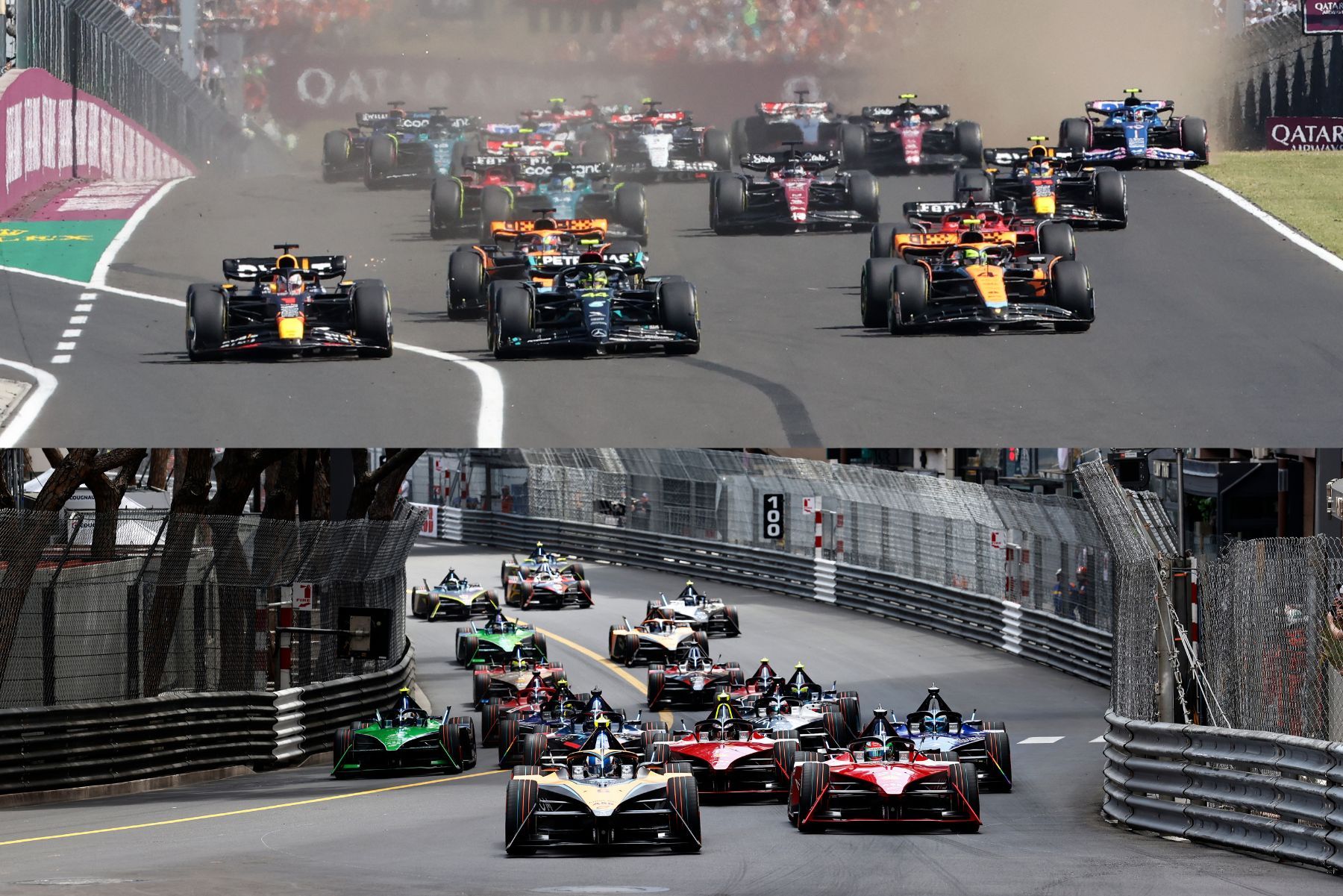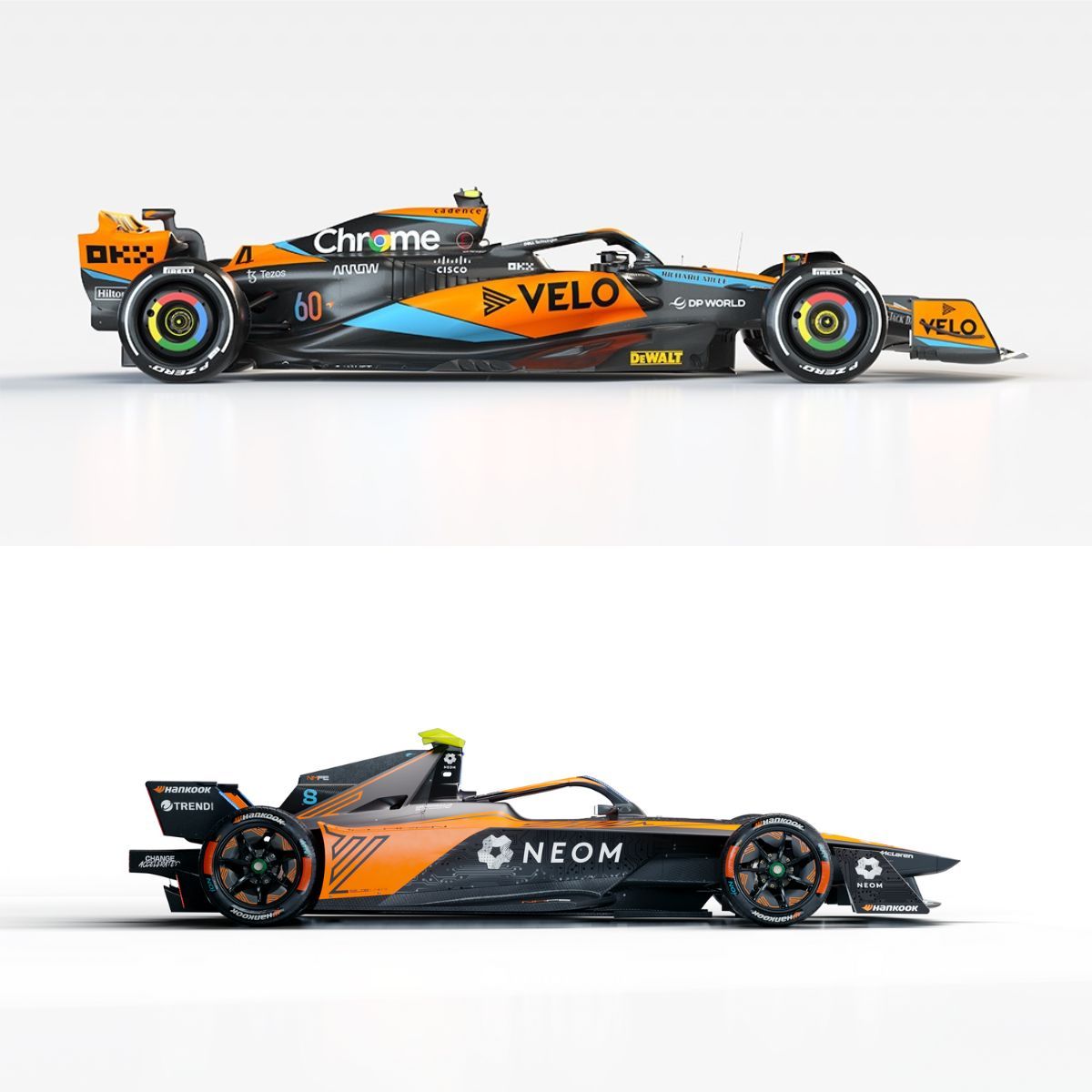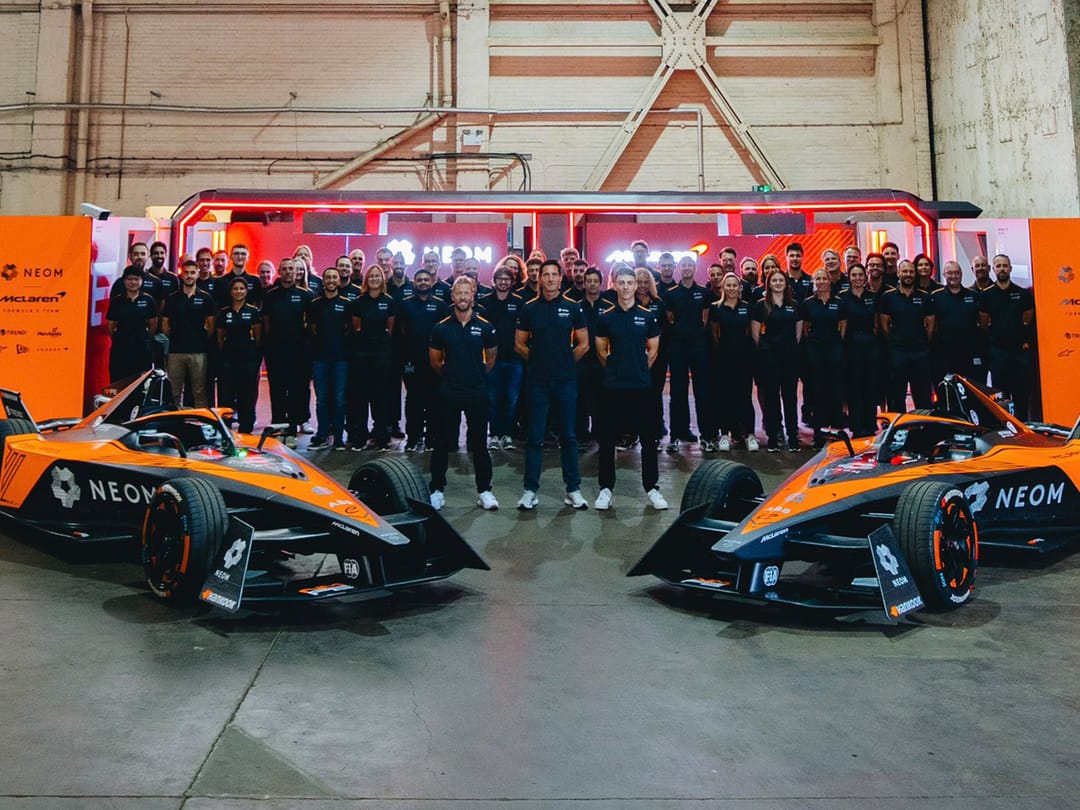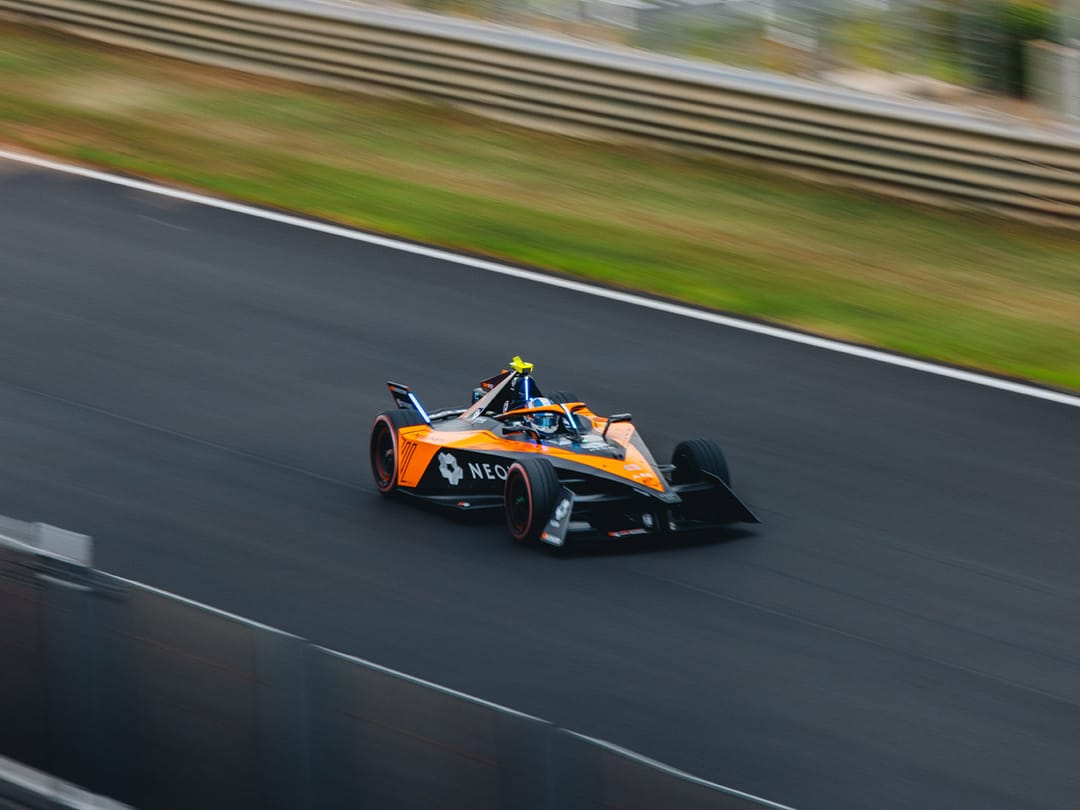
What are the differences between Formula 1 and Formula E?
How our latest motorsport venture compares to our longest-standing one
Every now and again, a young upstart comes along to shake things up. A decade ago, that was Formula E.
In the nine seasons since, the all-electric series has grown to become one of the world’s premier racing categories, earning World Championship status in 2020/21. At nearly 10 years old, it isn’t quite so young anymore, but as we prepare to enter what will be our second season, it remains a relatively new adventure for NEOM McLaren…
Especially in comparison to our history in Formula 1, which stretches all the way back to the 1966 Monaco Grand Prix. So, how does this all-electric, city-centric series compare to Formula 1? Both are very different, but at their core, there are several similarities too. Here, we explore the differences between Formula 1 and Formula E...
How does a Formula E race weekend work?
Practice, qualifying and race days compared
First off, on the surface Formula E is structured like any other racing series – practice sessions before qualifying and then the race. However, with Formula E races mostly taking place on temporary city circuits and the series keen to negate the impact of the events on both the environment and the local area, most of the schedule is condensed into a single day.
As such, there’s a 30-minute practice session on the Friday, followed by another practice session, qualifying and the race itself on race day.

Qualifying in Formula E is unique, with the field initially split into two groups based on championship standing. Each group runs for 12 minutes, with the fastest four from each group (eight drivers in total) going into a knockout competition. There, drivers set lap times in head-to-head match-ups until one driver is left, who is declared the polesitter.
The race distance for an E-Prix is under 100km, whereas an F1 grand prix – with the exception of Monaco - is over 305km.
The points system follows the same format as F1 (the top-10 awarded 25-18-15-12-10-8-6-4-2-1 and the fastest lap getting one, provided they finish in the top-10), but with the addition of three points for the top qualifier.
There are no Sprint events in Formula E, but some venues host doubleheaders where two full championship rounds (effectively two ‘race weekends’) take place across two days, albeit with a single 45-minute practice session taking place on the second day instead of a repeat of the two.

Aren’t Formula E races boring?
Which series has more overtaking
That’s usually the response from someone who hasn’t watched one, but Formula E races are actually famed for their intensity and large number of overtakes.
A like-for-like comparison can be made with Monaco, the only track to feature on both schedules. The 2023 Monaco E-Prix featured 116 overtakes, with the winner coming from ninth on the grid. Meanwhile, in the 2023 F1 race at the principality, there were 22 on-track passes (which was actually the highest in over a decade), and the winner was the polesitter, having led every lap. Formula E had seven winning drivers from six teams in the 2022/23 season, whereas in F1, there were three winning drivers from two teams in 2023.
Overtaking in F1 is typically helped by DRS – the drag reduction system – which can only be activated at certain points of the lap. There’s no DRS in Formula E, but there is ‘Attack Mode’, where a driver gains a temporary additional 50kW of power by driving off-line through a predetermined ‘Activation Zone’.

Four wheels, but no engine?
The differences in specification, speed and power
It goes without saying that the main difference between the cars is that one is powered primarily by a combustion engine, and the other is battery-powered. No prizes for guessing which is which.
Like in F1, Formula E teams can source, or develop their own drivetrains, but unlike F1, everyone uses the same 'Gen3' chassis built by Spark Racing Technologies. This not only keeps costs down, doing away with expensive aero development, but helps keep racing close, as we’ve already touched upon.
Power levels in Formula E are considerably lower than F1, however, not that it's noticeable with the car still capable of reaching speeds of up to 200mph, not too shy of the 220mph that modern F1 cars can roughly reach.
In race trim, the cars develop 300 kW, or roughly 402bhp – an F1 car puts out closer to 1000 horsepower. Weight is lower though, too. An F1 car currently tipping the scales at 798kg, with a Formula E car 38 kilos lighter.
Obviously, hybridisation in the typical sense isn’t possible in Formula E – there’s no combustion engine to complement with an electric element – but Formula E cars do have regenerative braking, much like the systems that have been in use in F1 since 2009. The system harvests energy from the braking process, sending it back to the battery, 'regenerating', and helping the car improve its range.

Look the part NMFE teamwear
Where does all this happen?
Two varied race calendars
As previously mentioned, Formula E races mostly take place on city centre circuits, allowing the series to promote electromobility to the masses. This approach also allows Formula E to visit a wider range of countries, including some that aren’t quite in the position to host F1 grands prix.
Formula E has previously raced in nations such as Indonesia, India, South Africa, Switzerland, Morocco, Uruguay, and Chile, in addition to alongside more predictable places like the UK, USA, Italy, and Germany.
The Formula E season kicks into gear in Mexico City on 13 January 2024, which is the start of 16 rounds in 10 different countries, concluding in London on 21 July 2024.




Jake is reaping the rewards of his first full off-season
How Jake Hughes used his new-found stability to become fitter, stronger and more confident than ever
Why Sam's switch to NEOM McLAREN felt like the “perfect match”
Sam Bird is yet to race in papaya, but he already feels at home after signing in the summer
Your guide to Formula E
From personnel to tyres, the race weekend format and Attack Mode: your FE questions answered
Your guide to the 2024 Mexico City E-Prix
Mexico City E-Prix Preview




